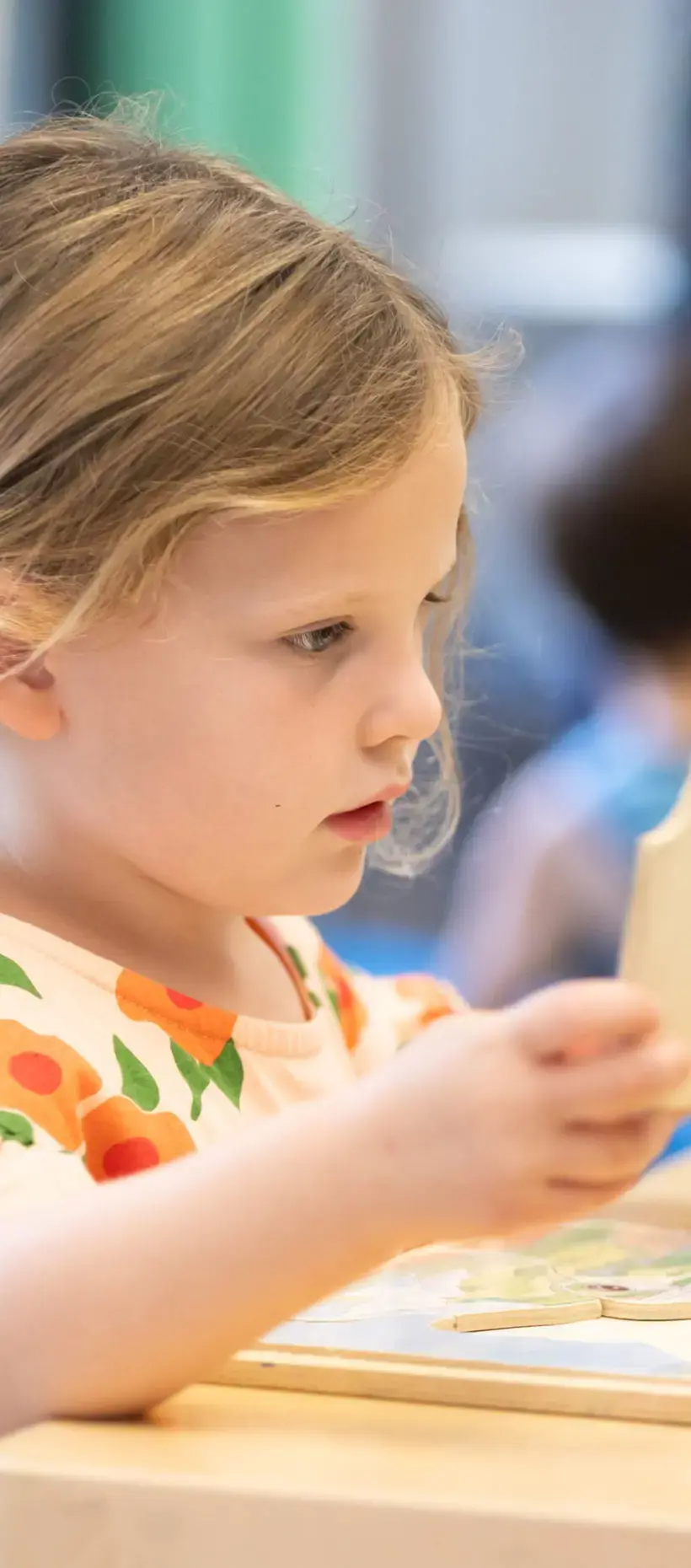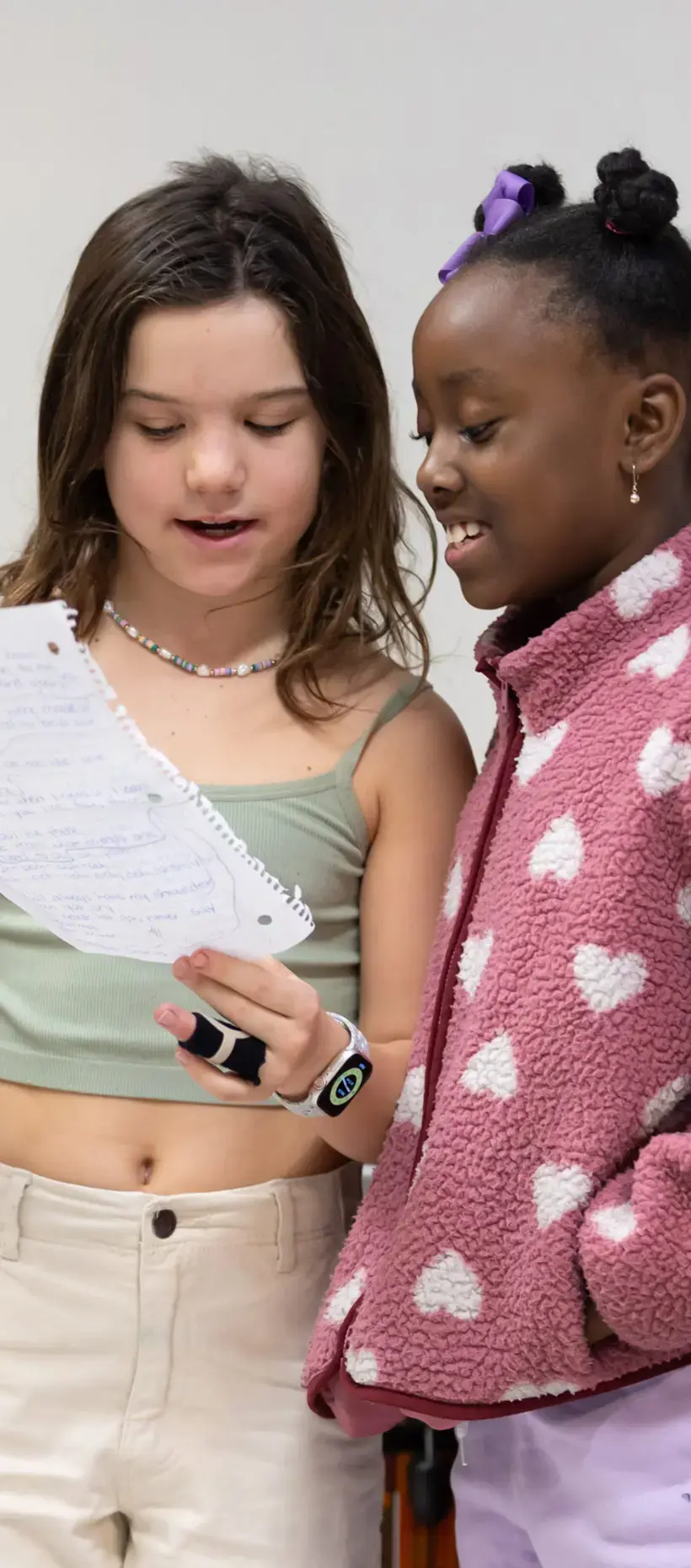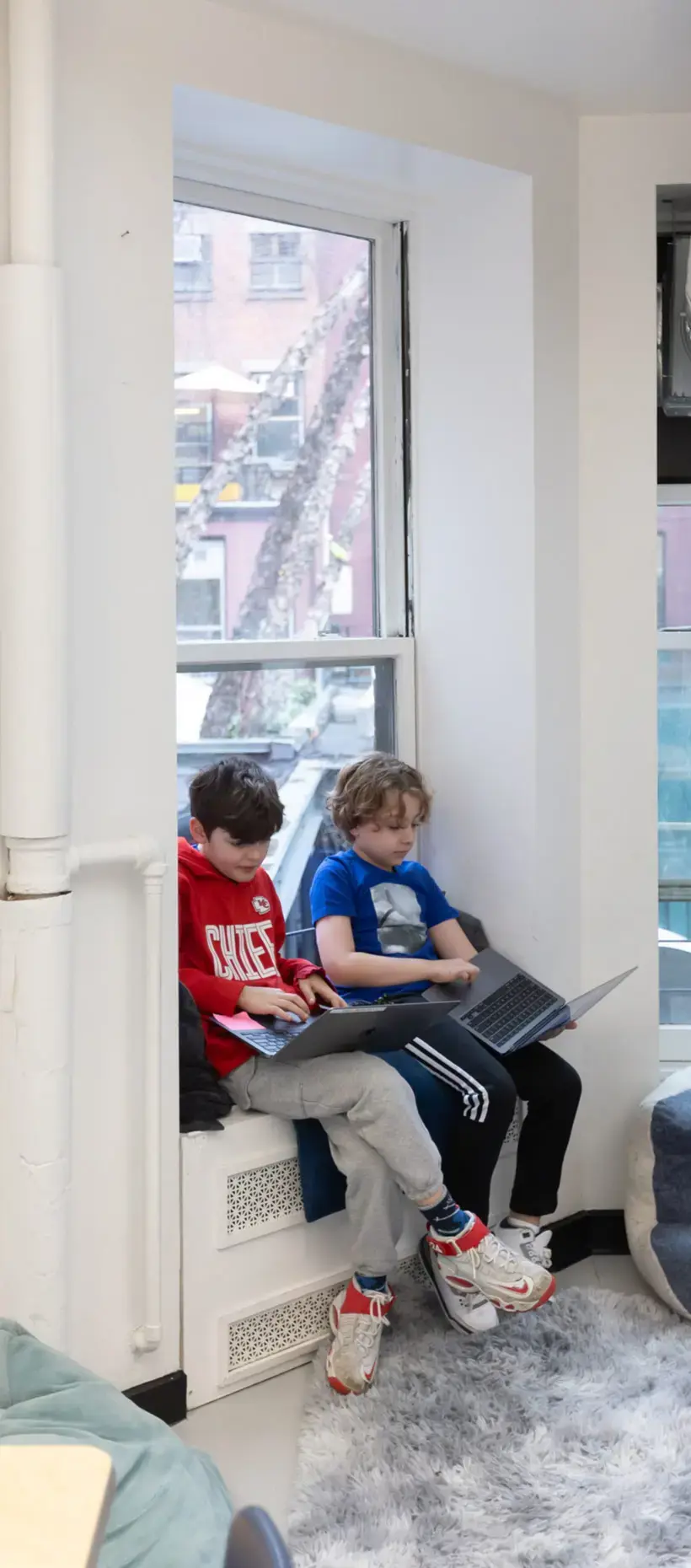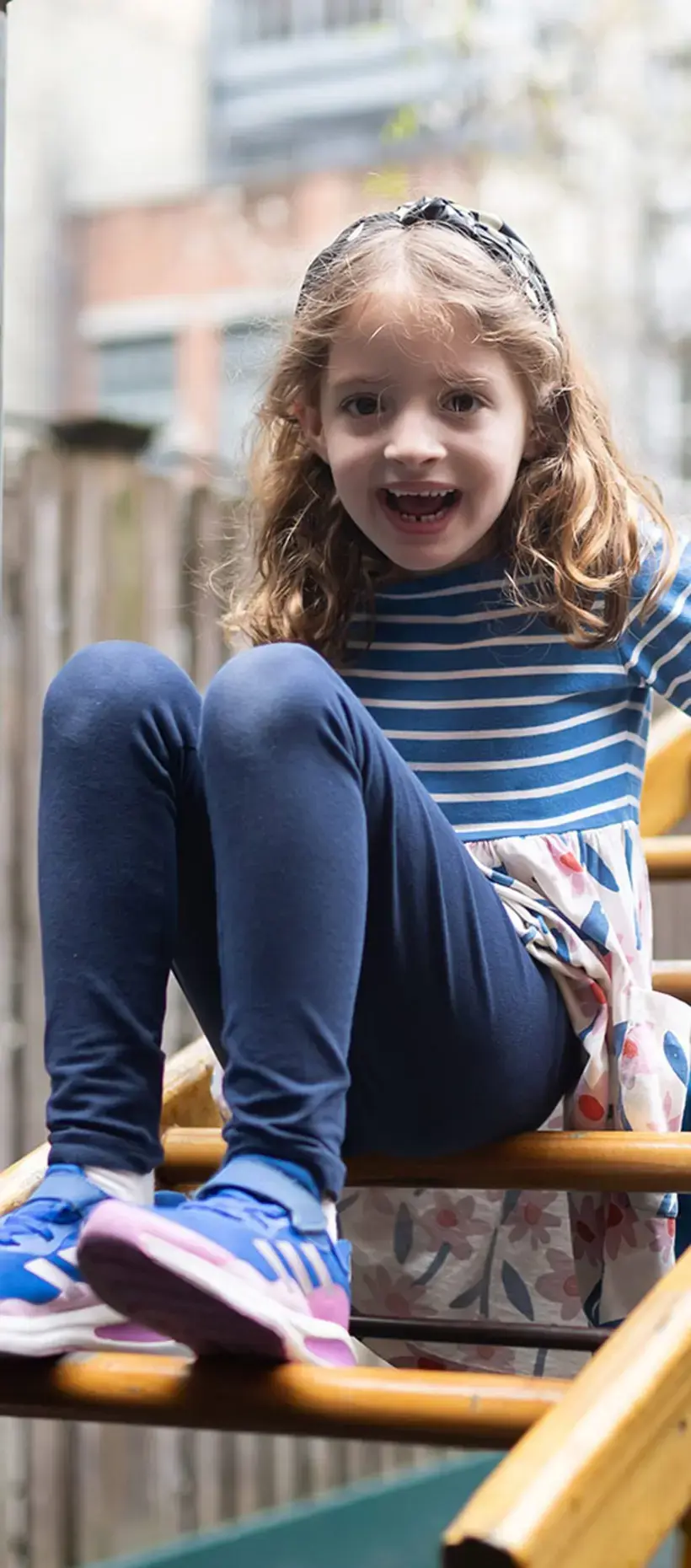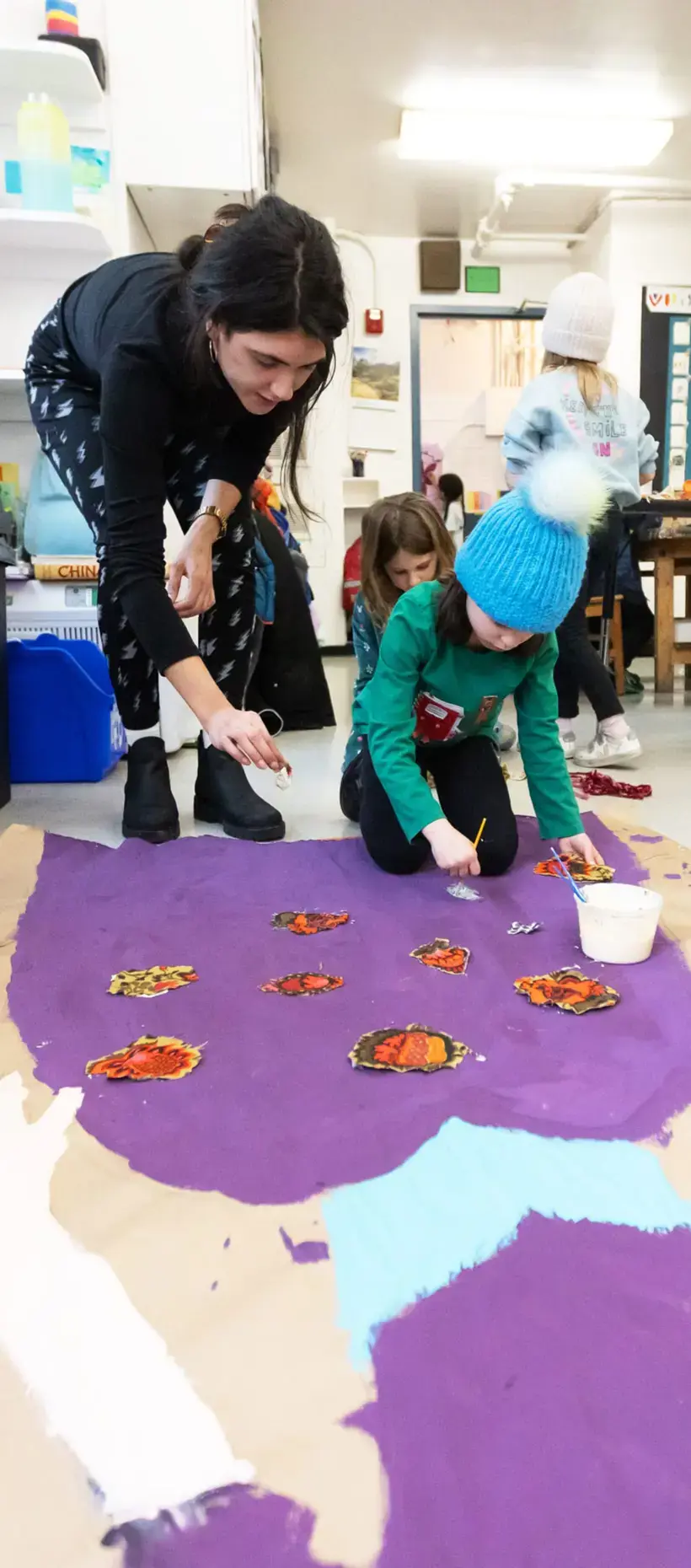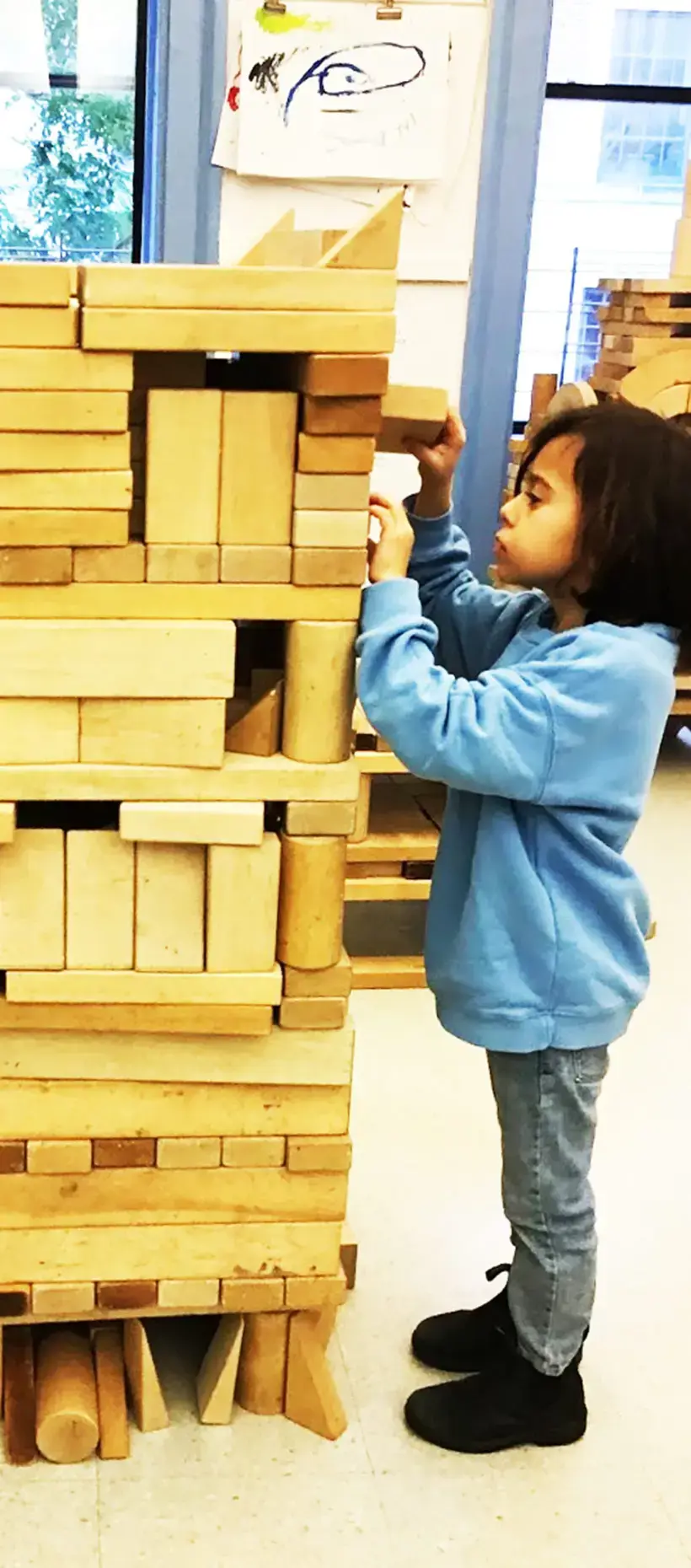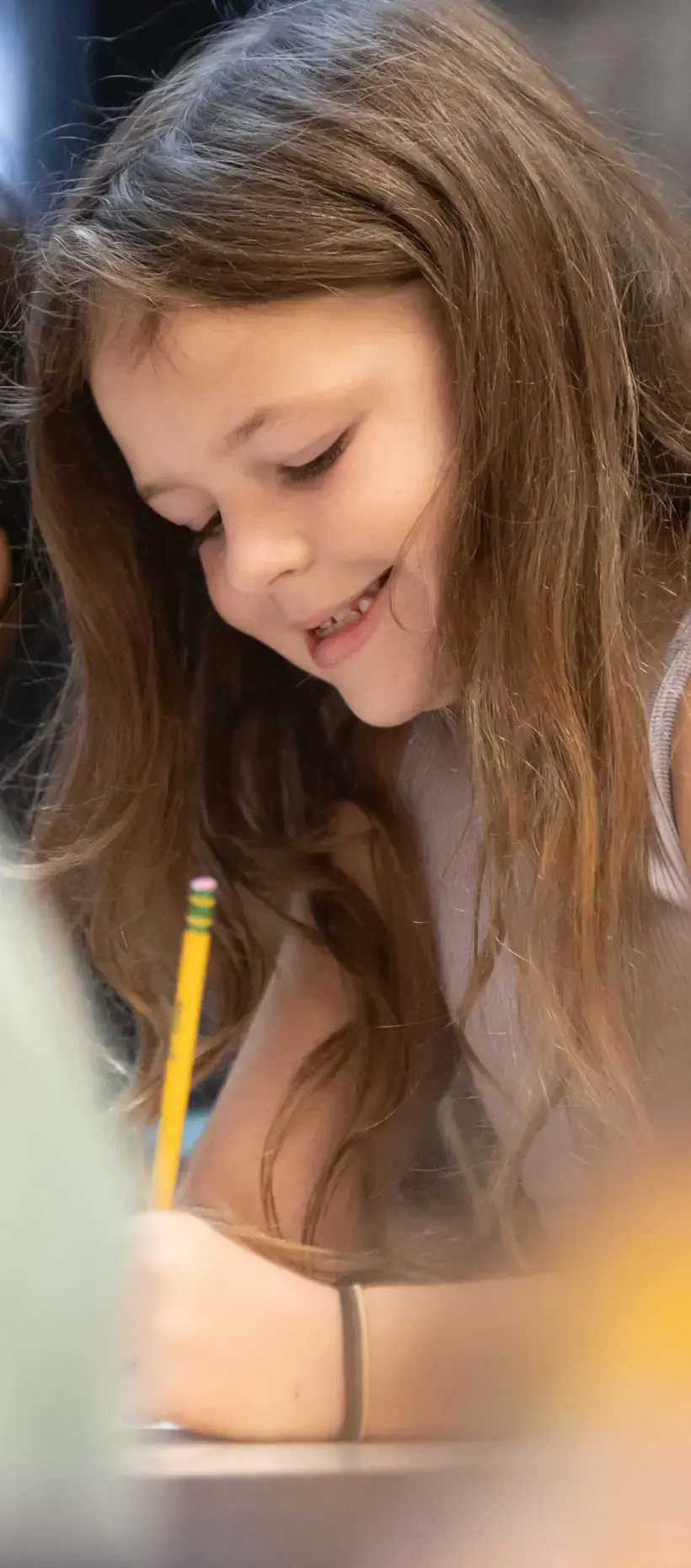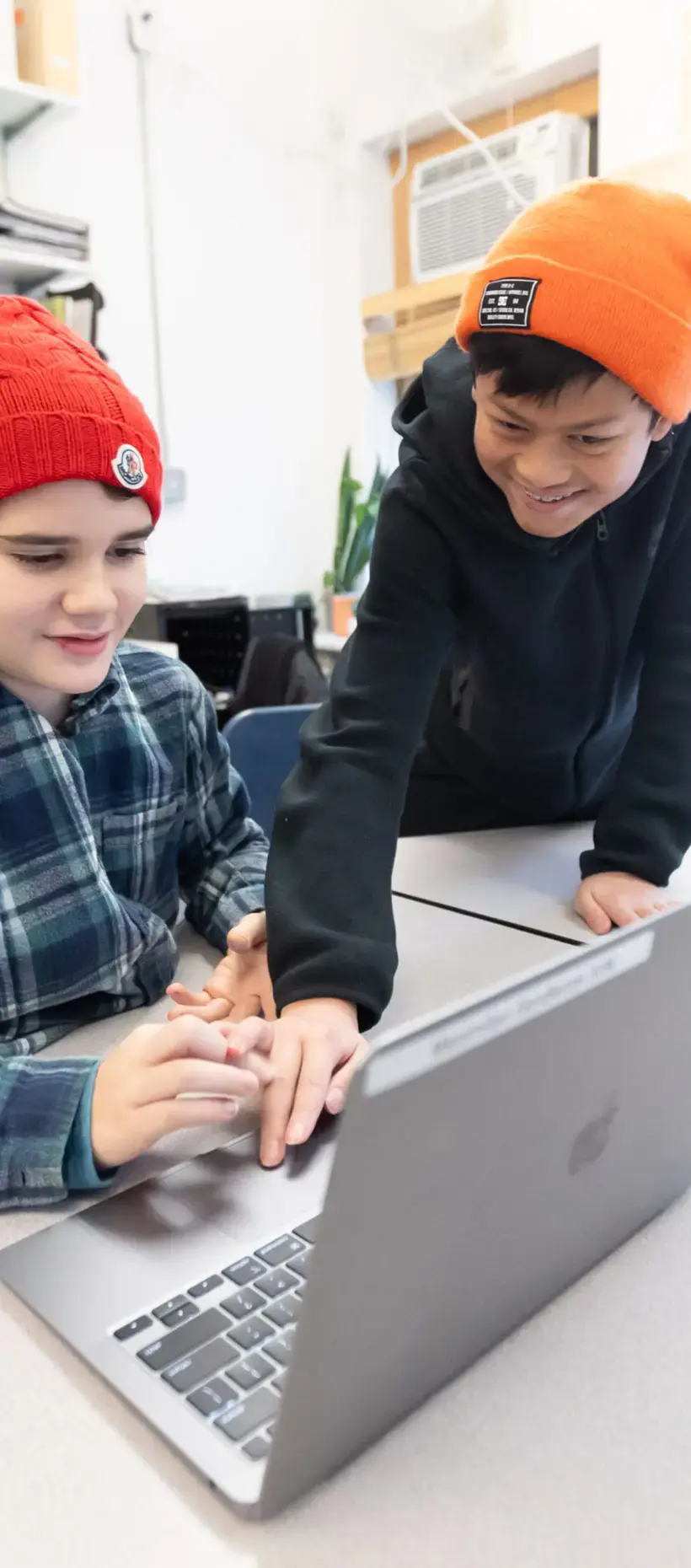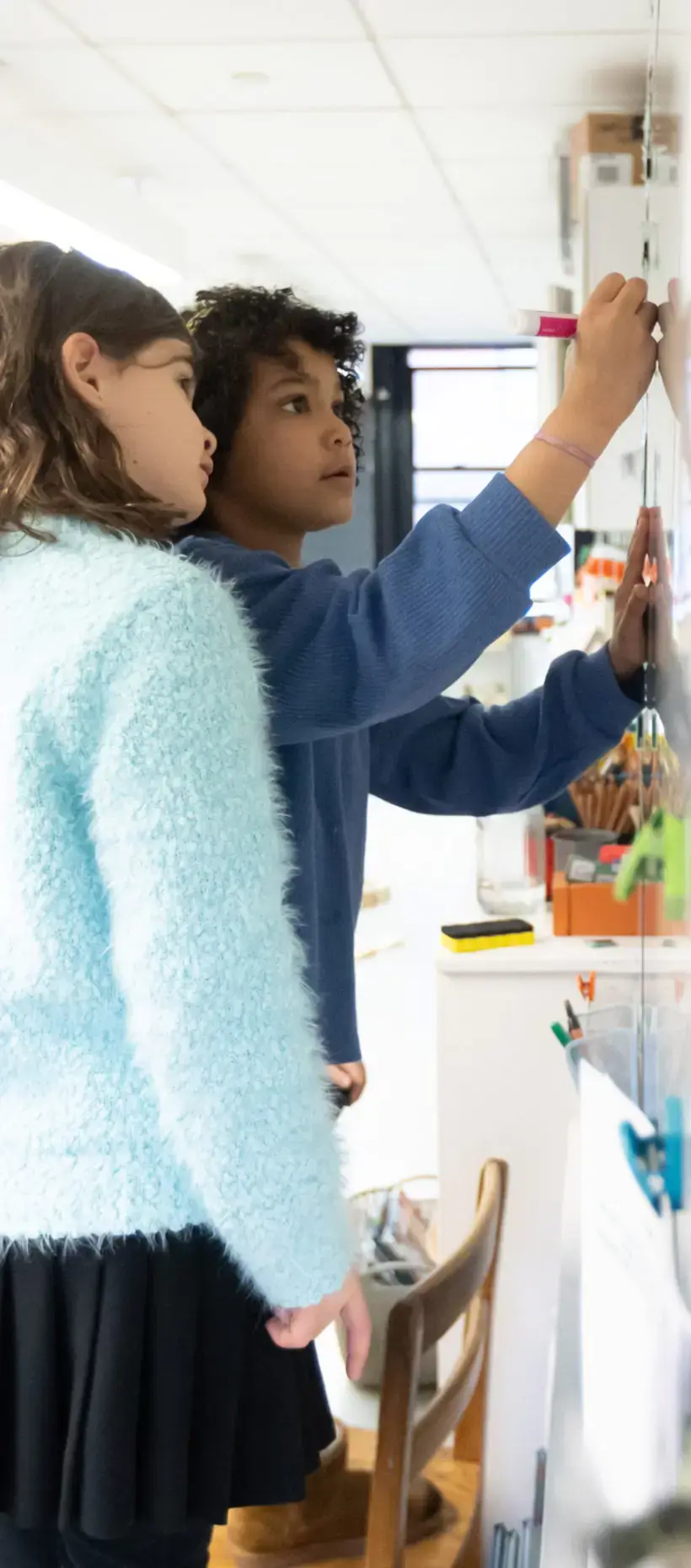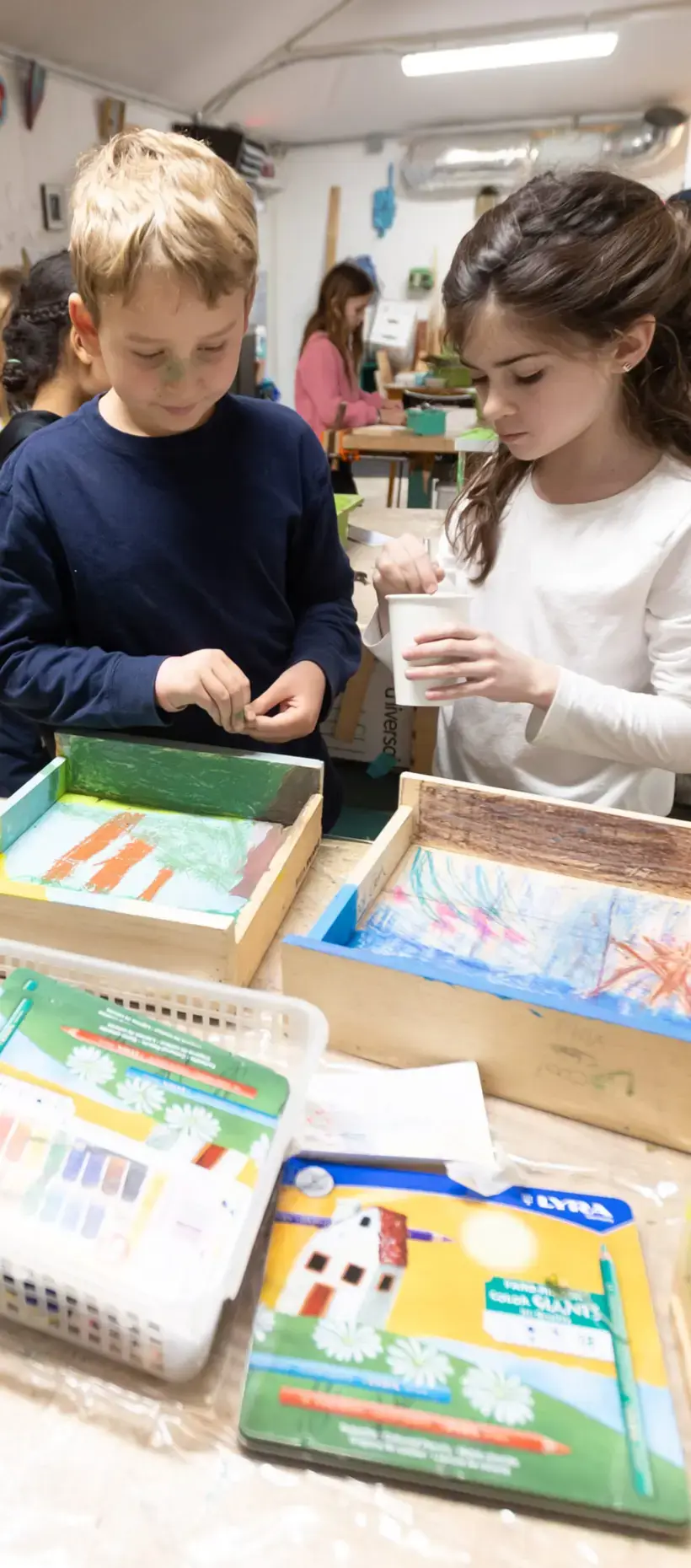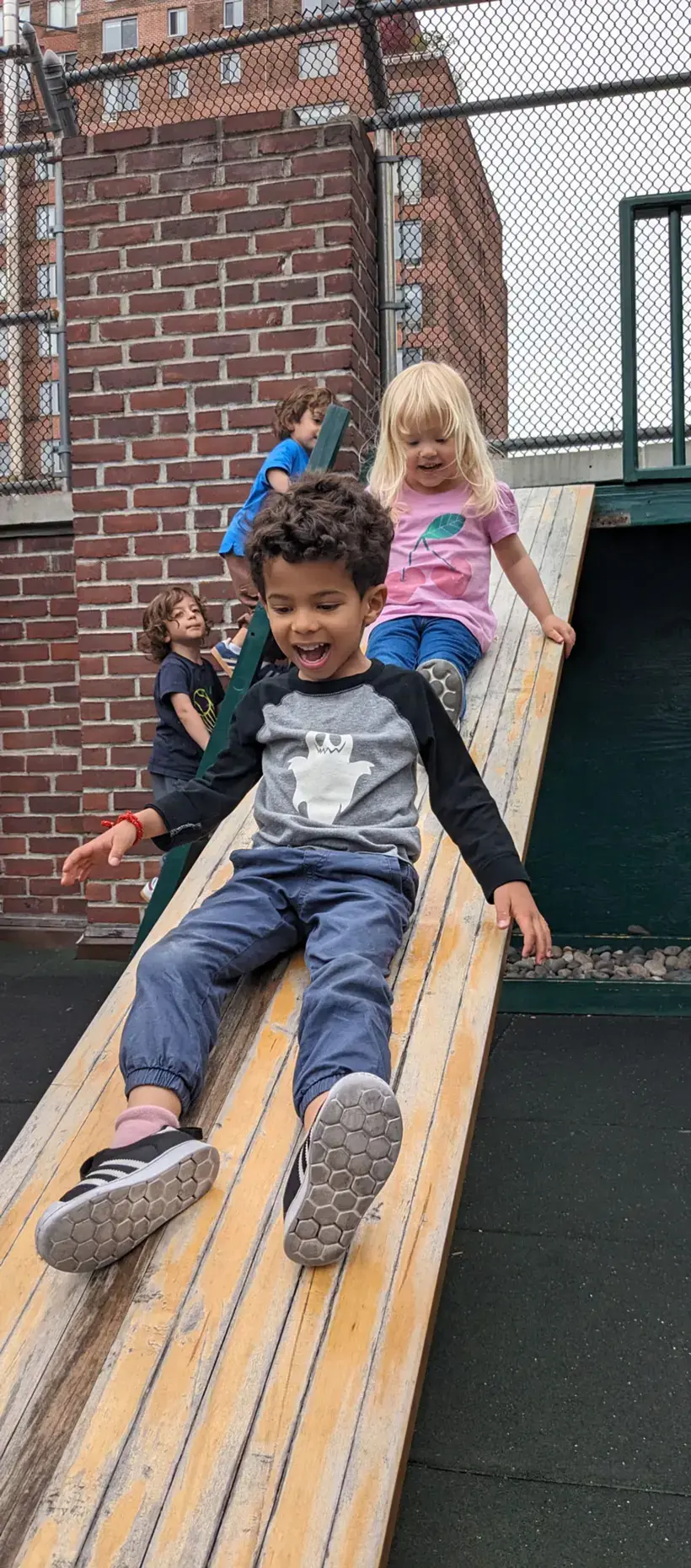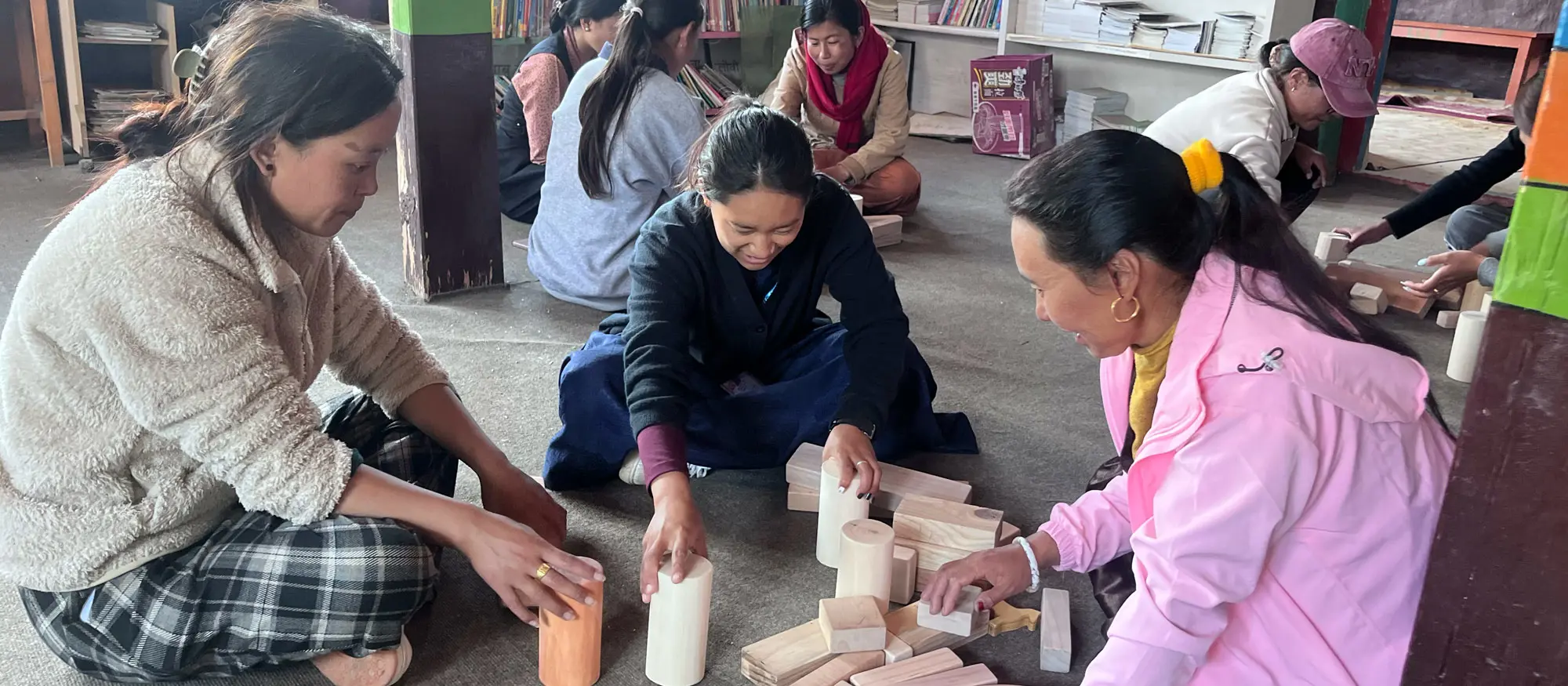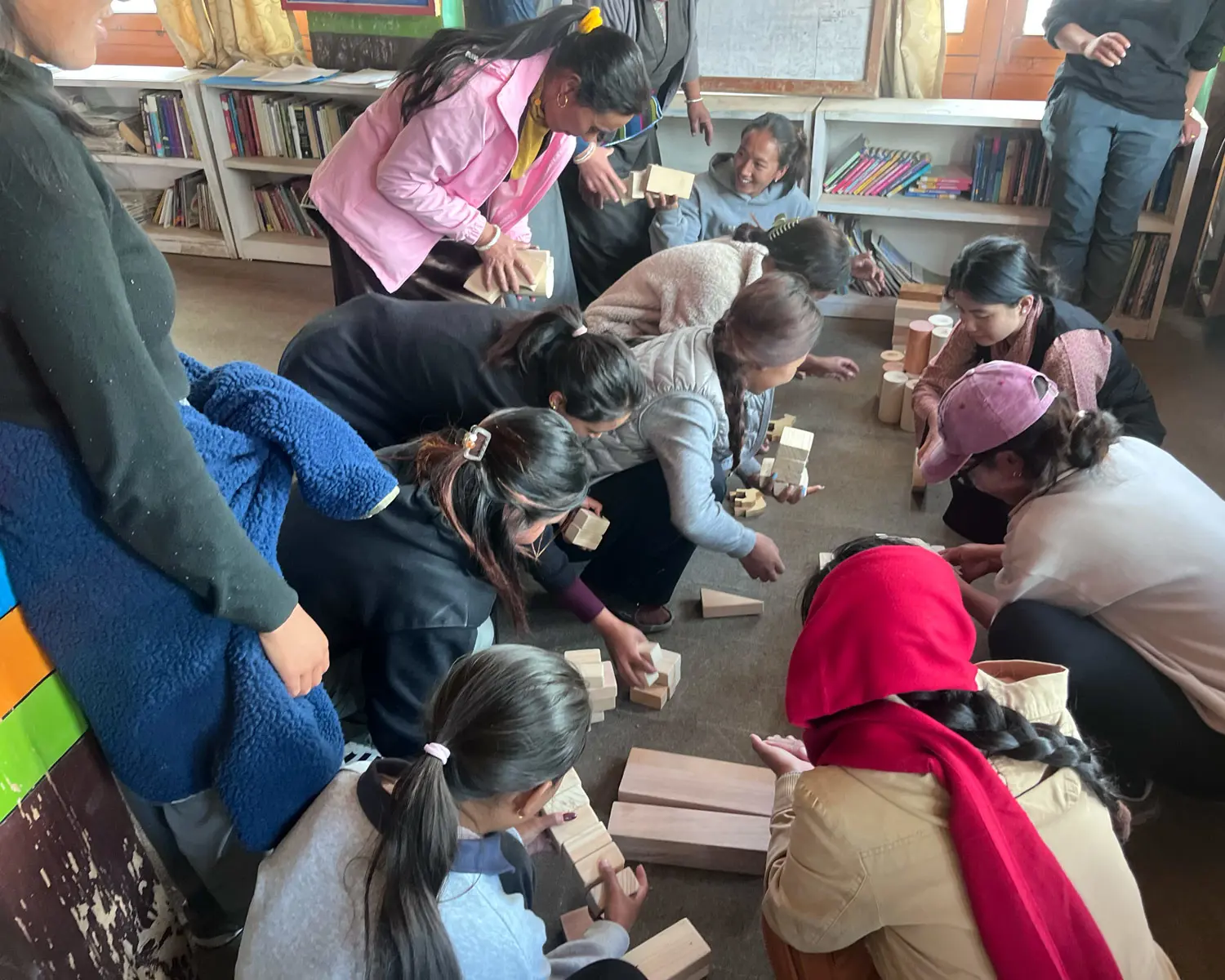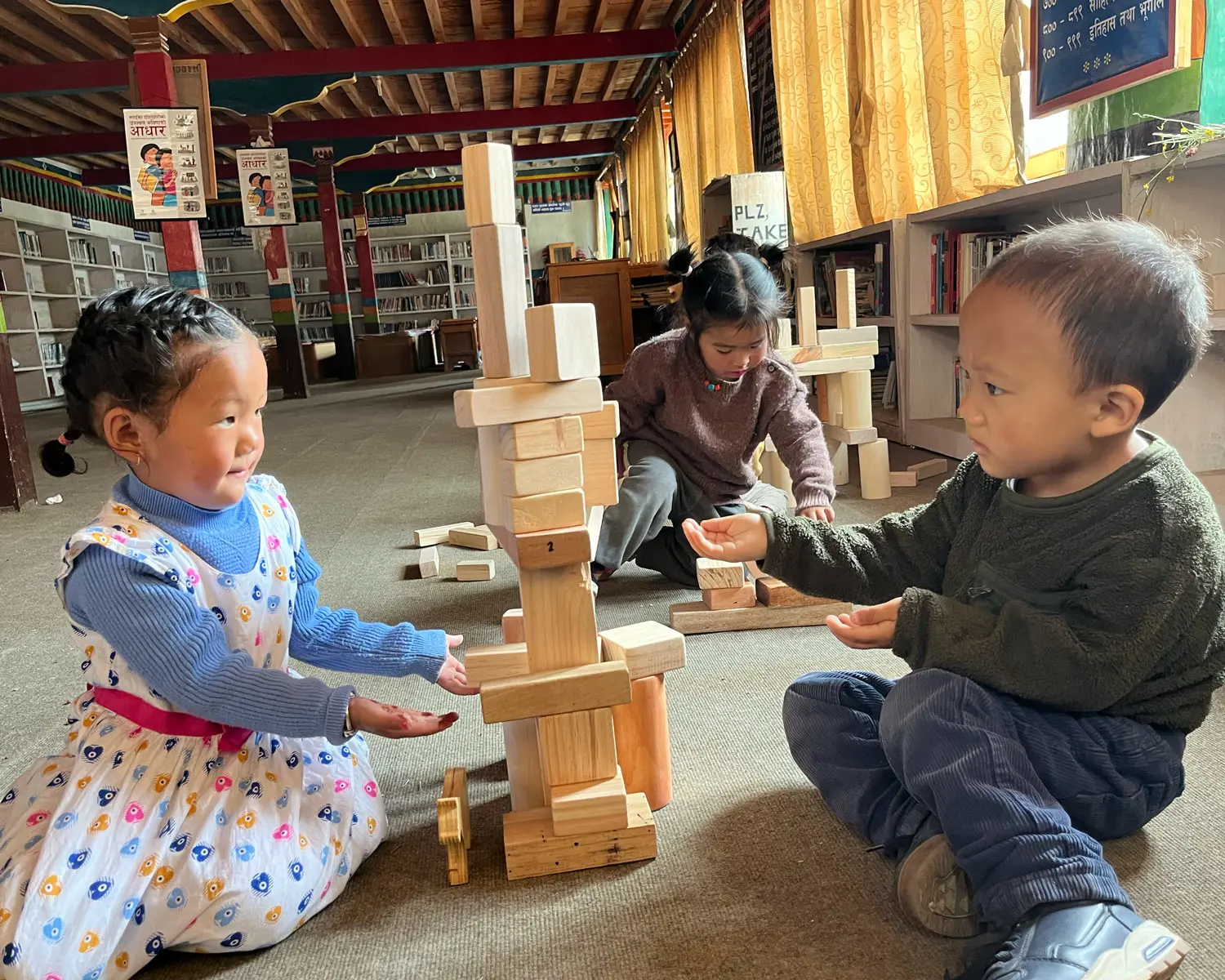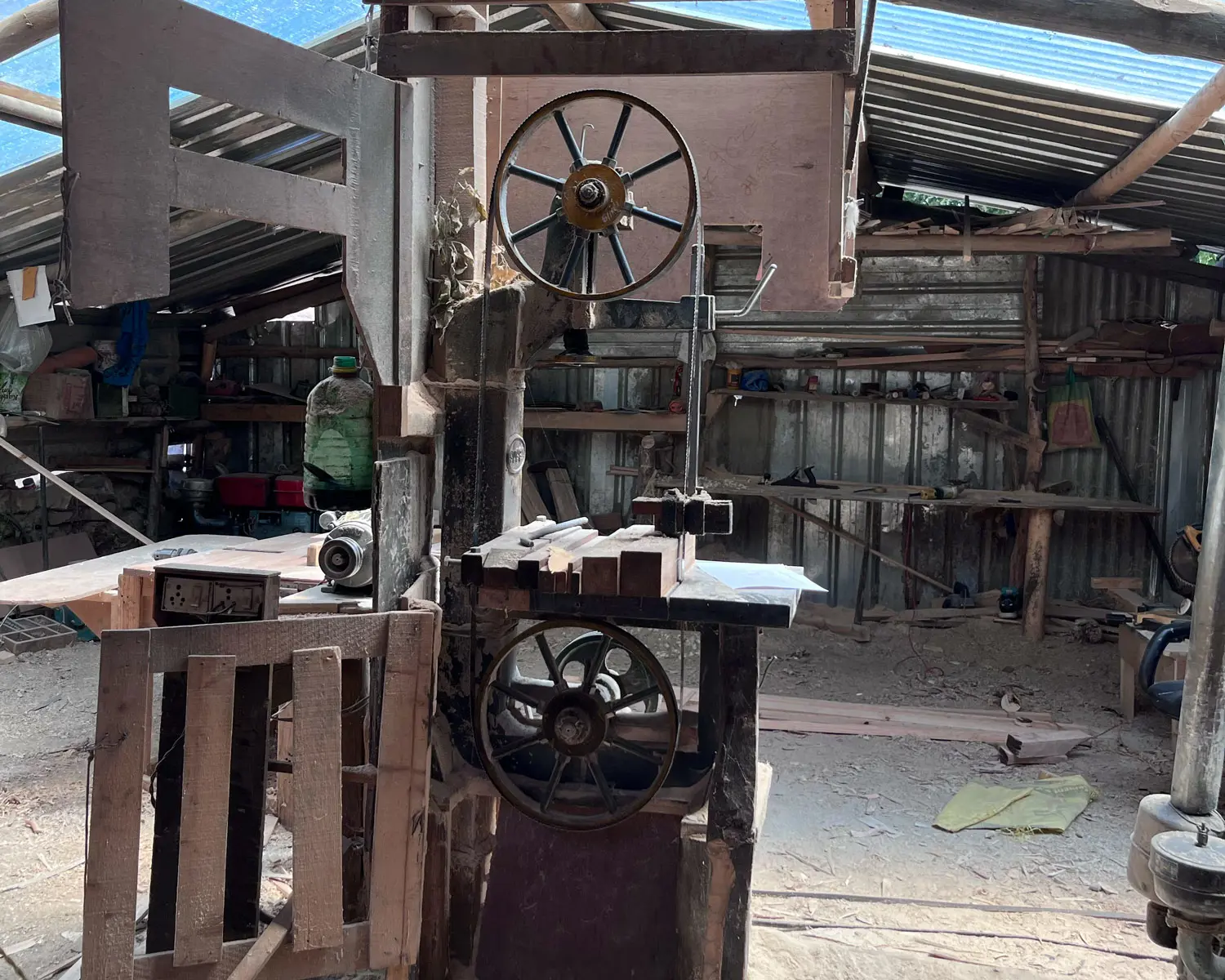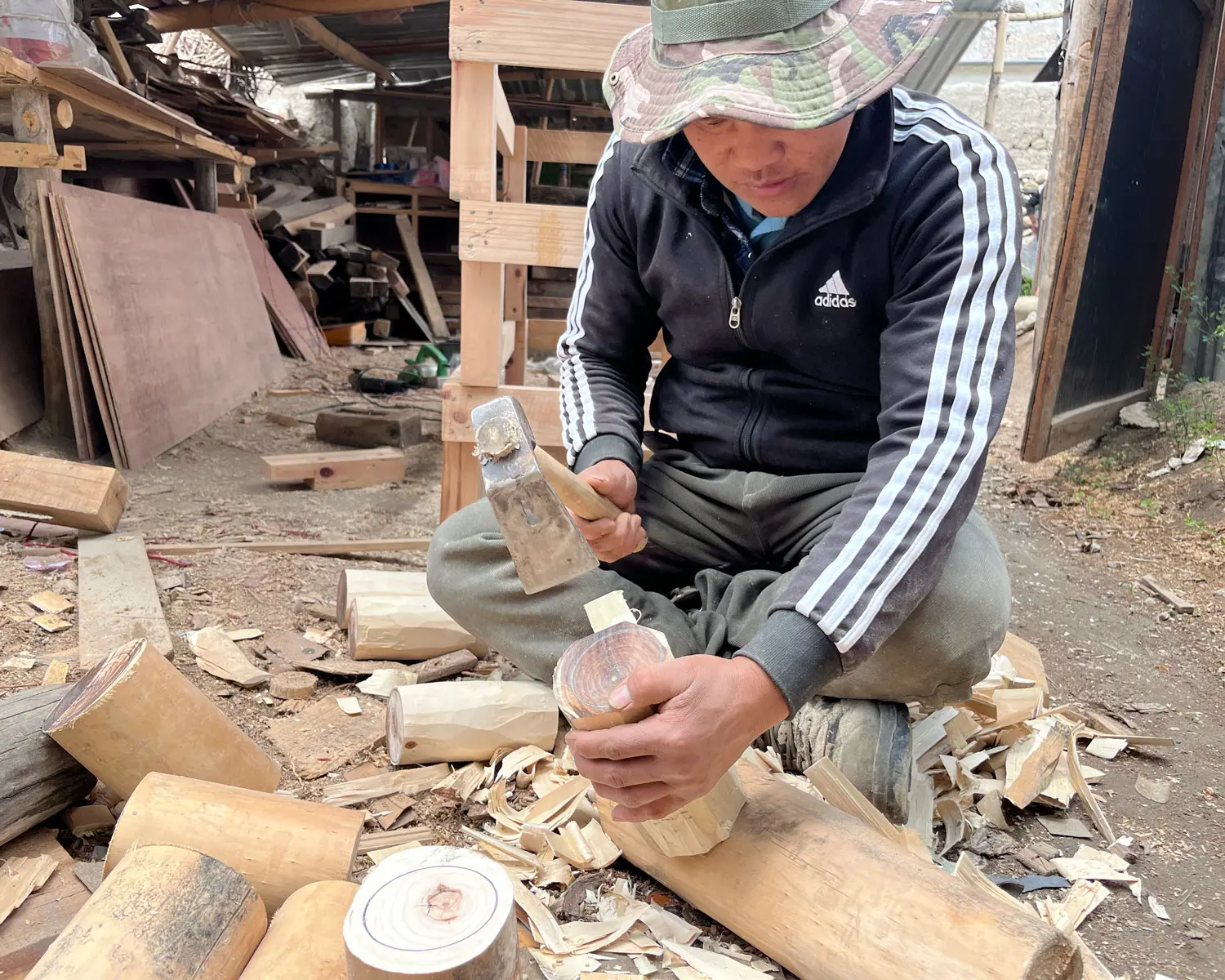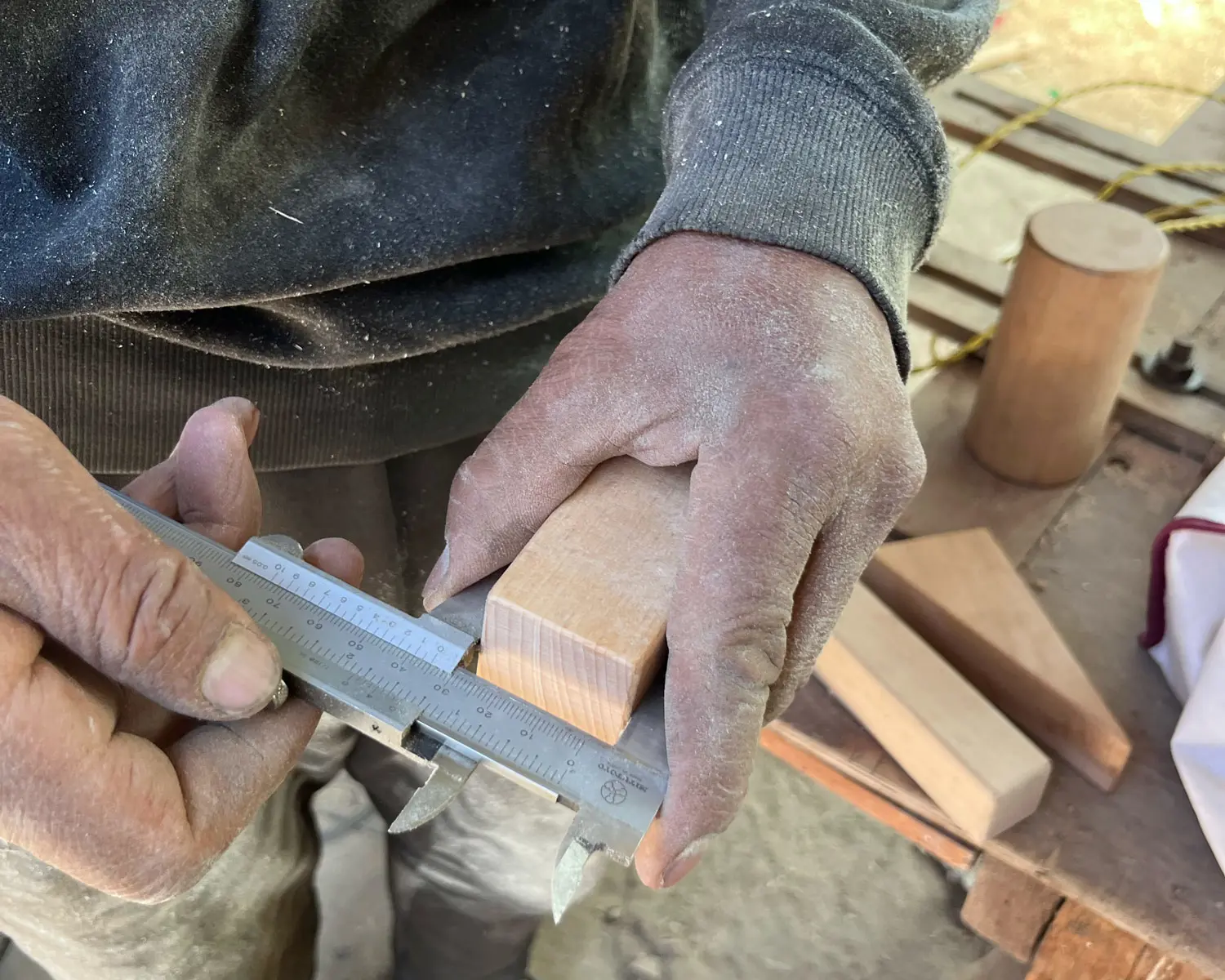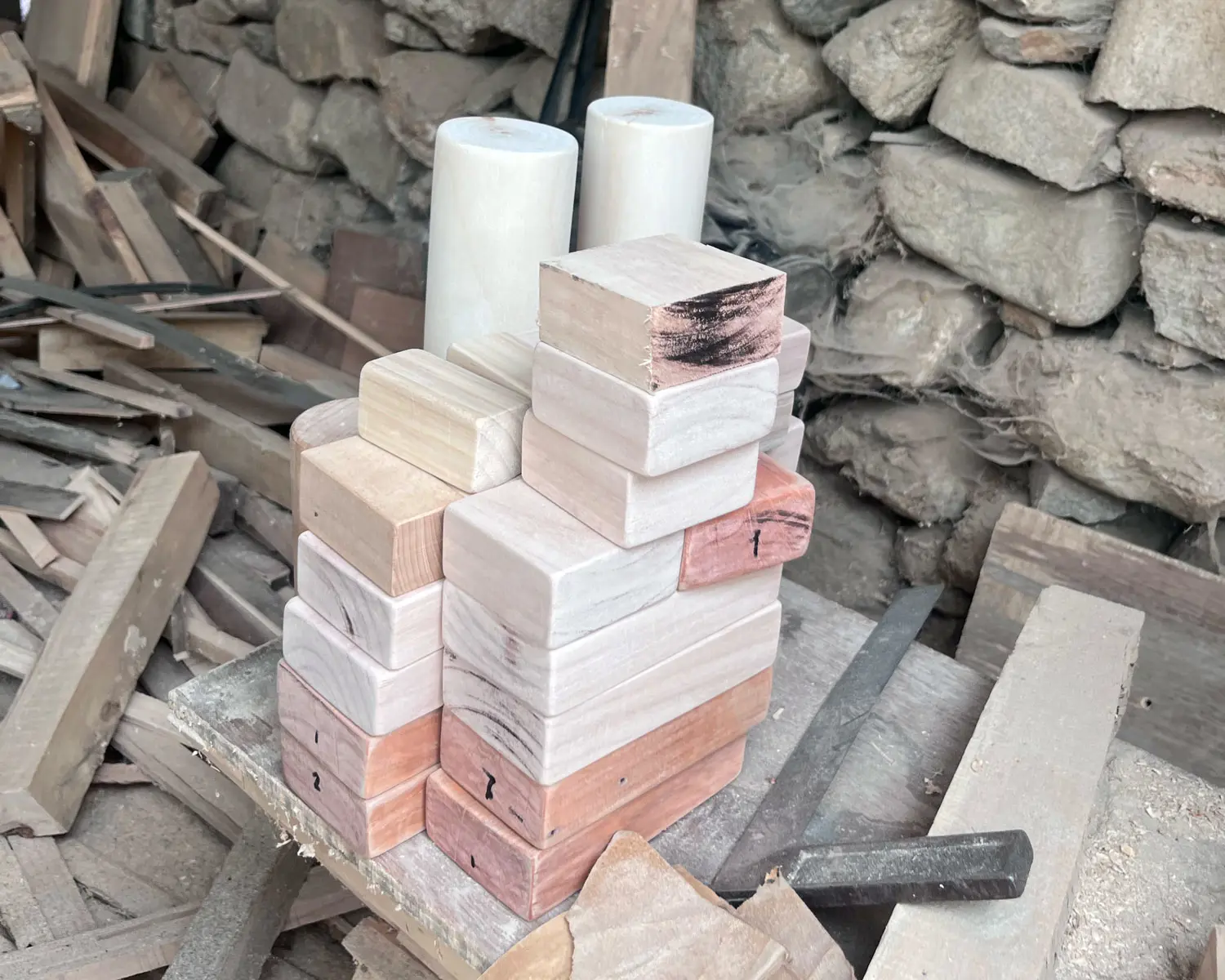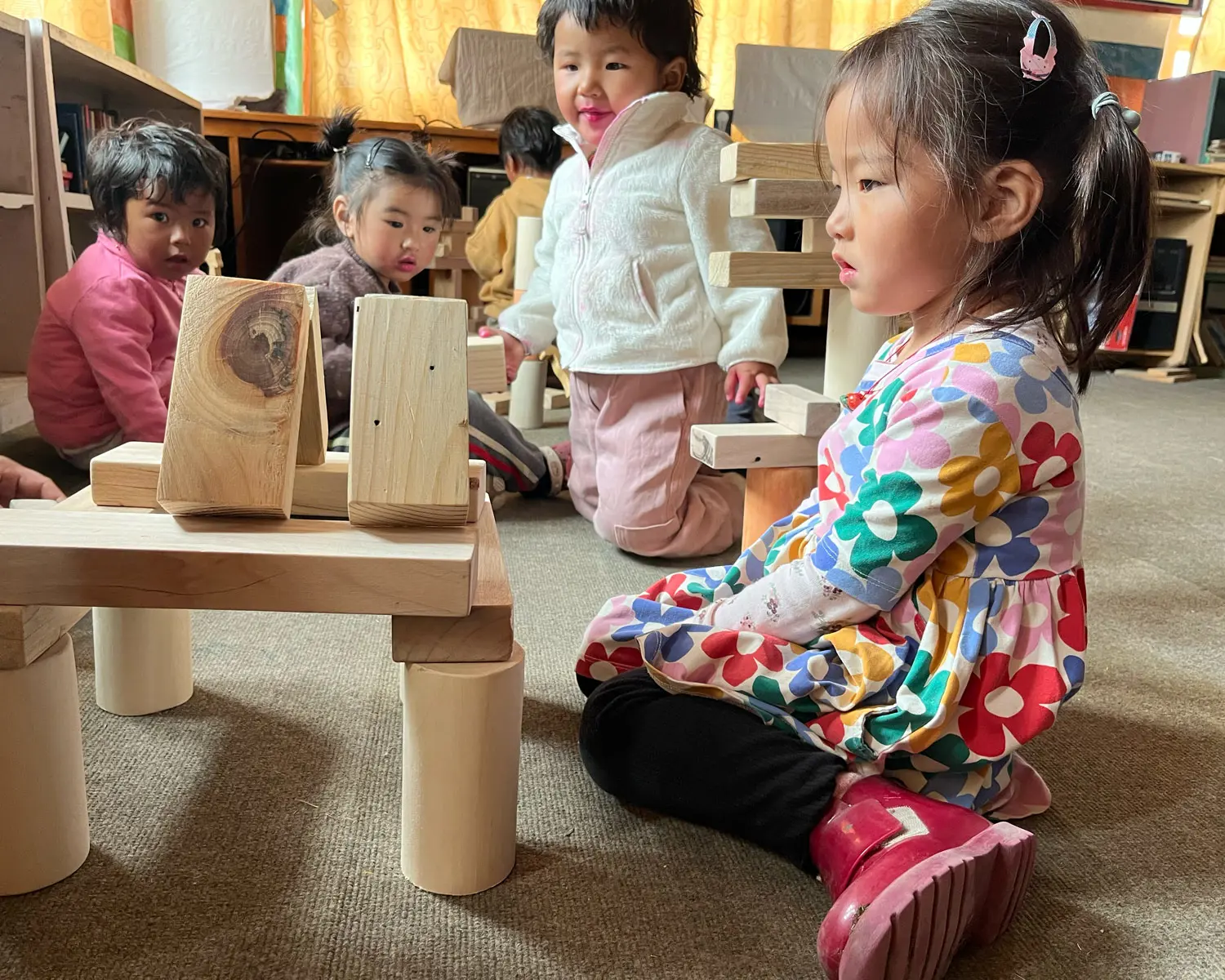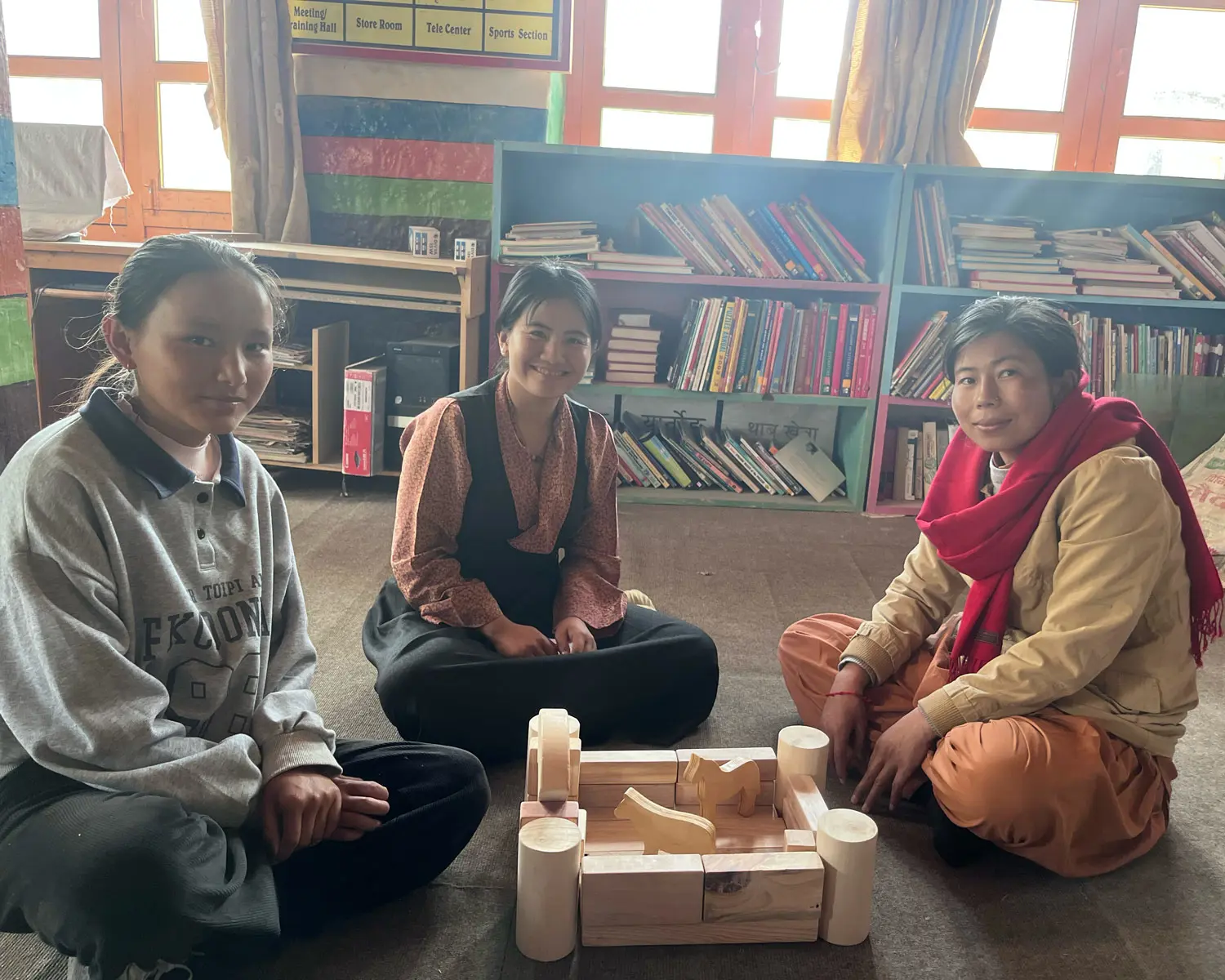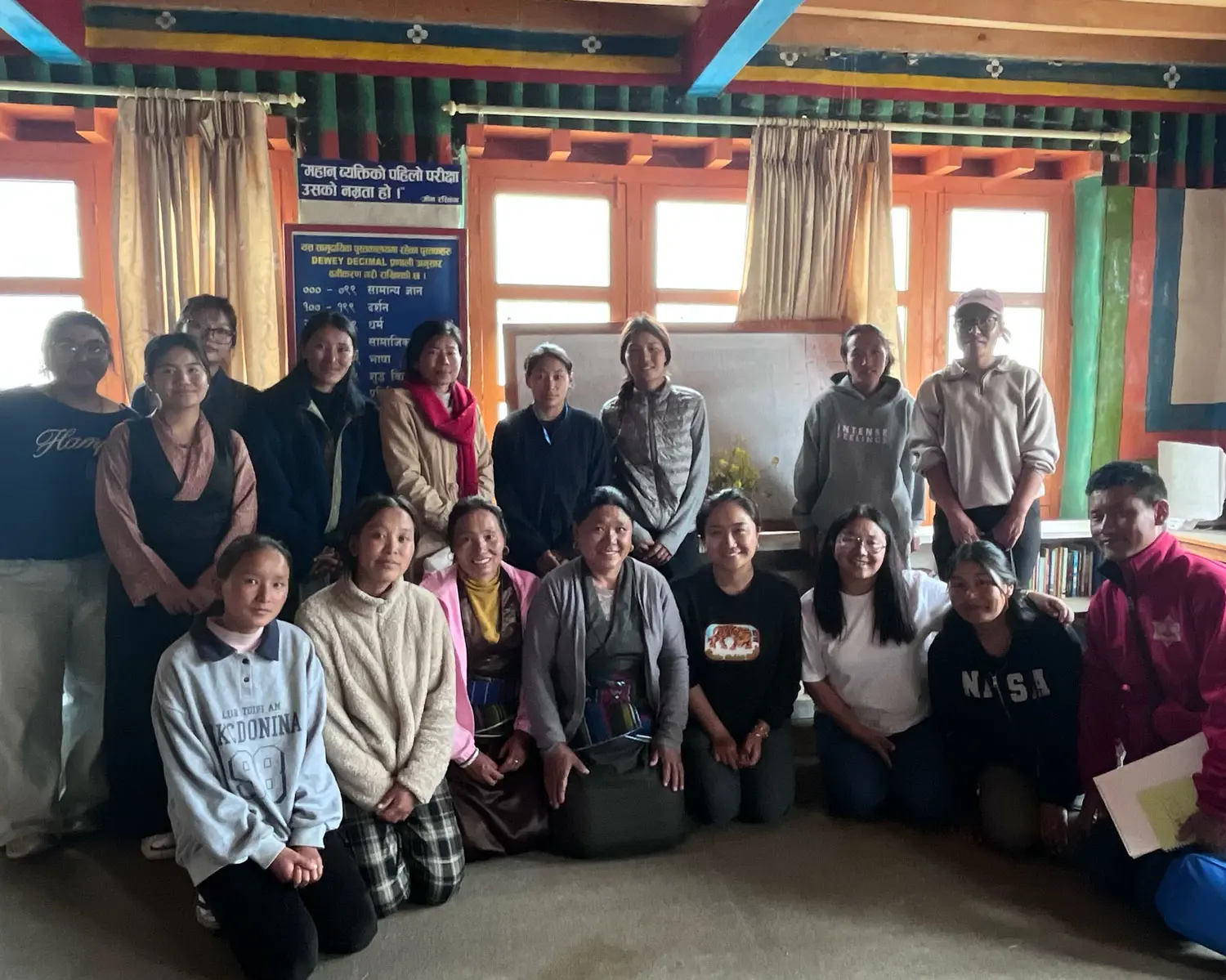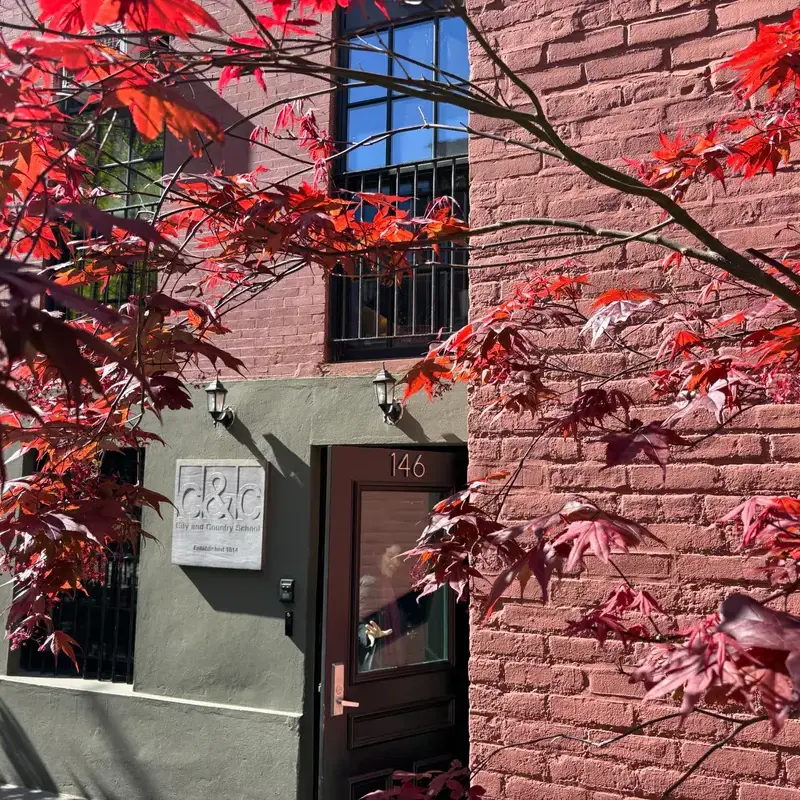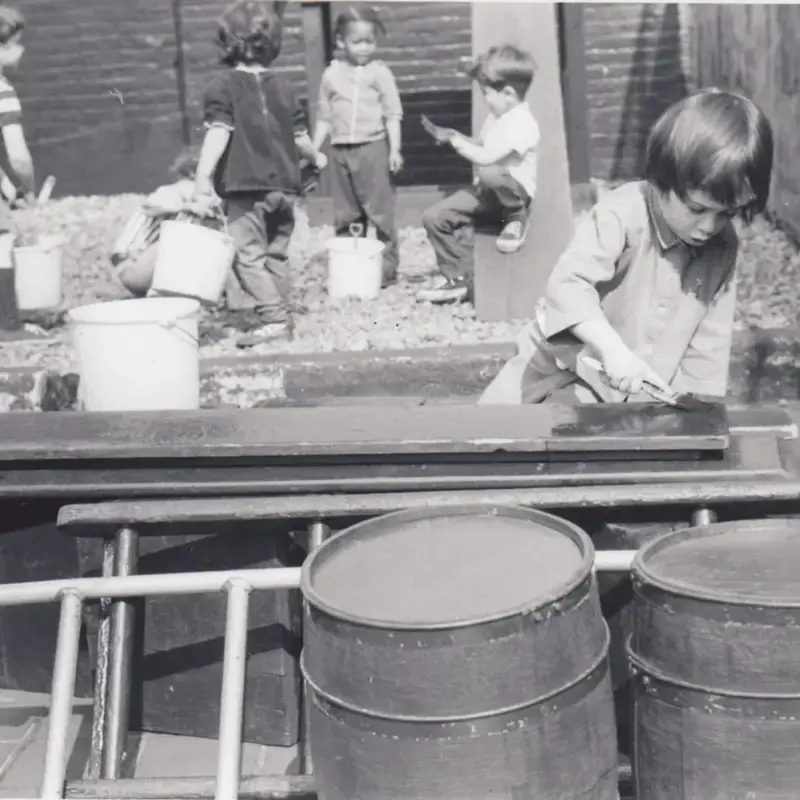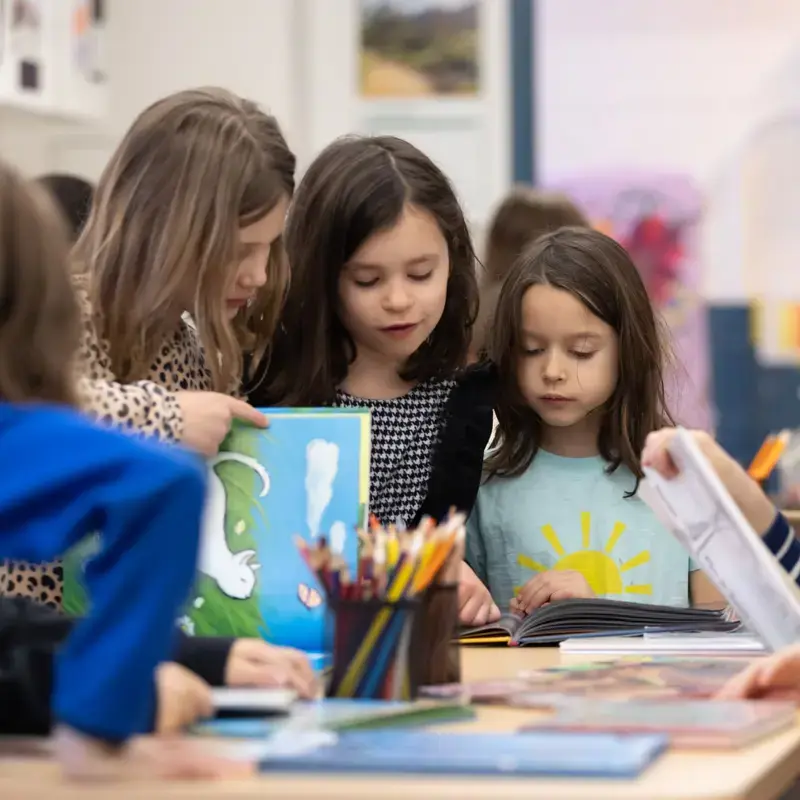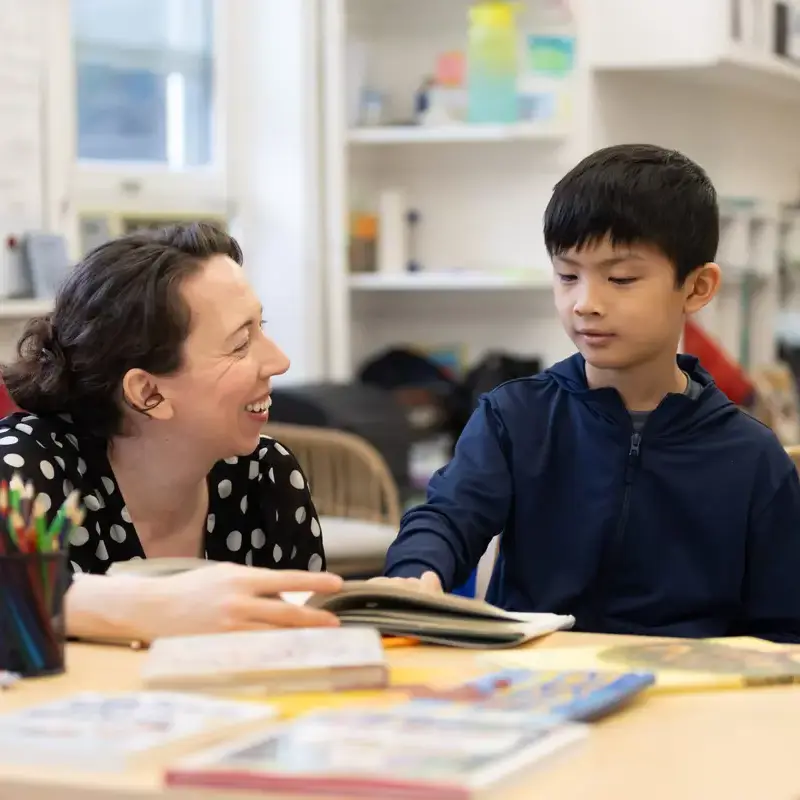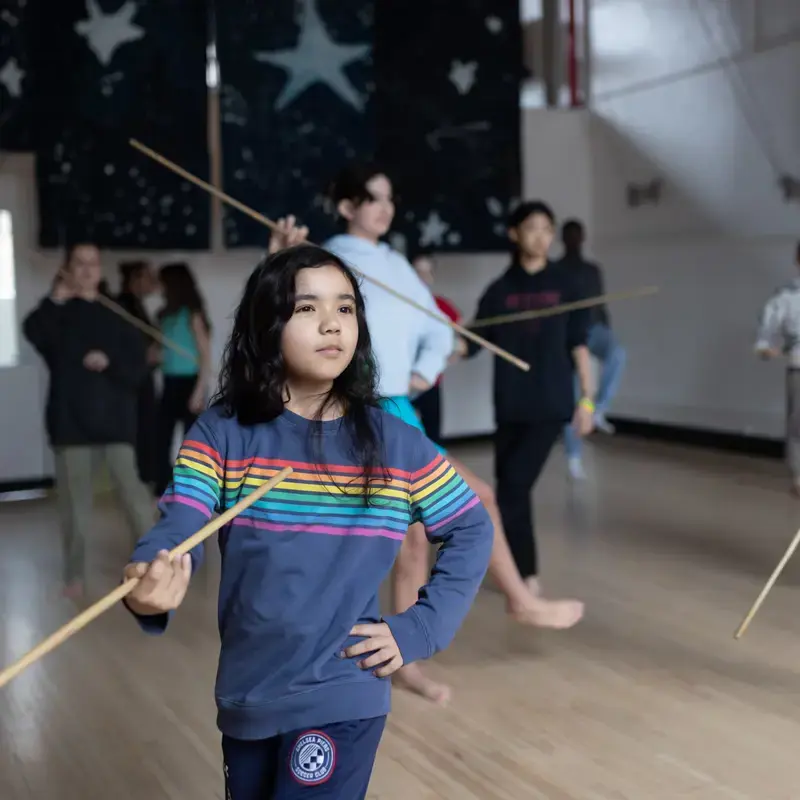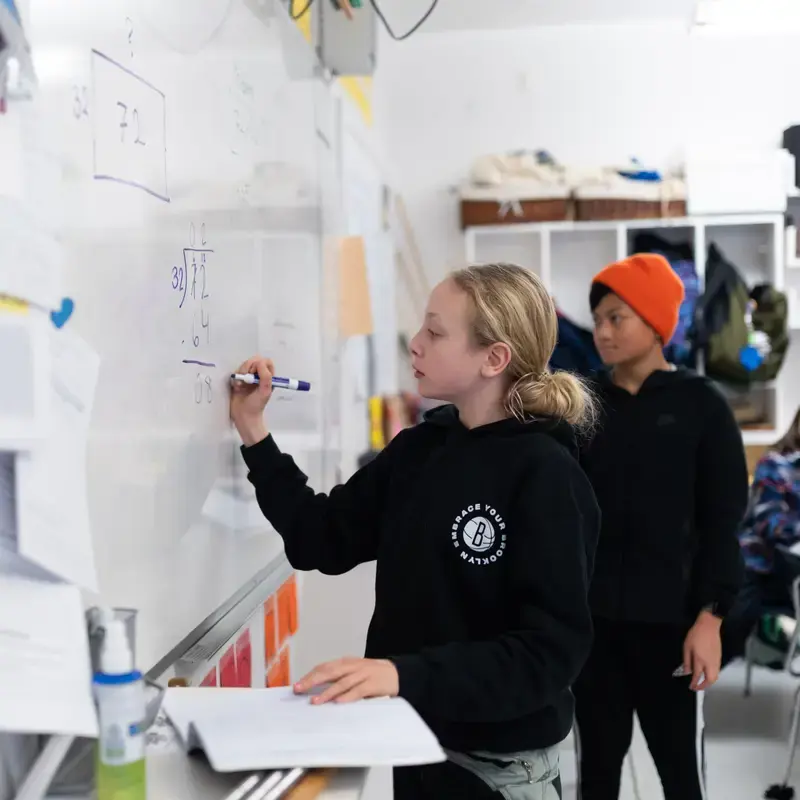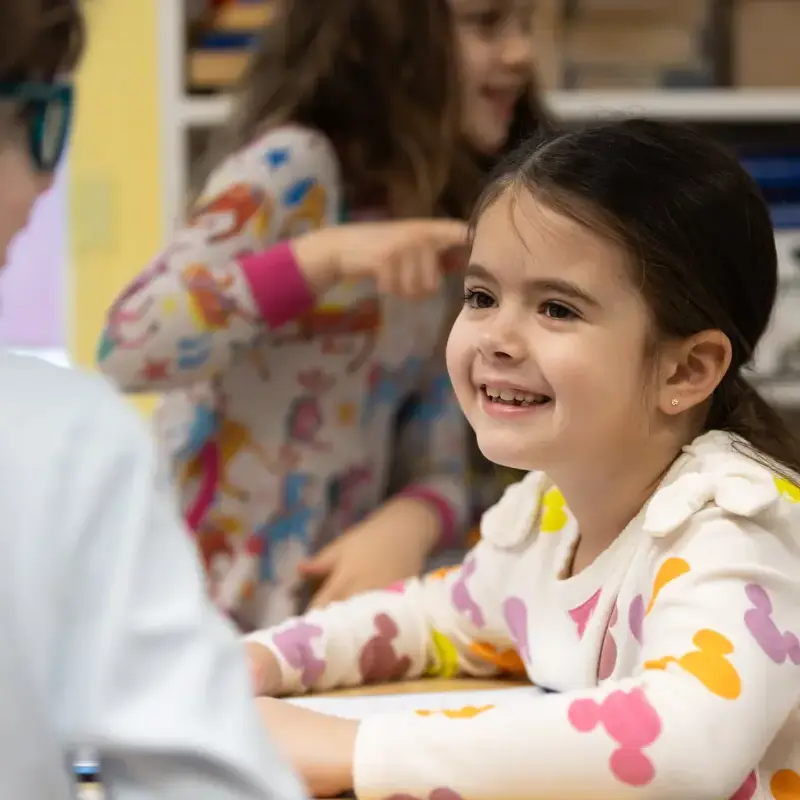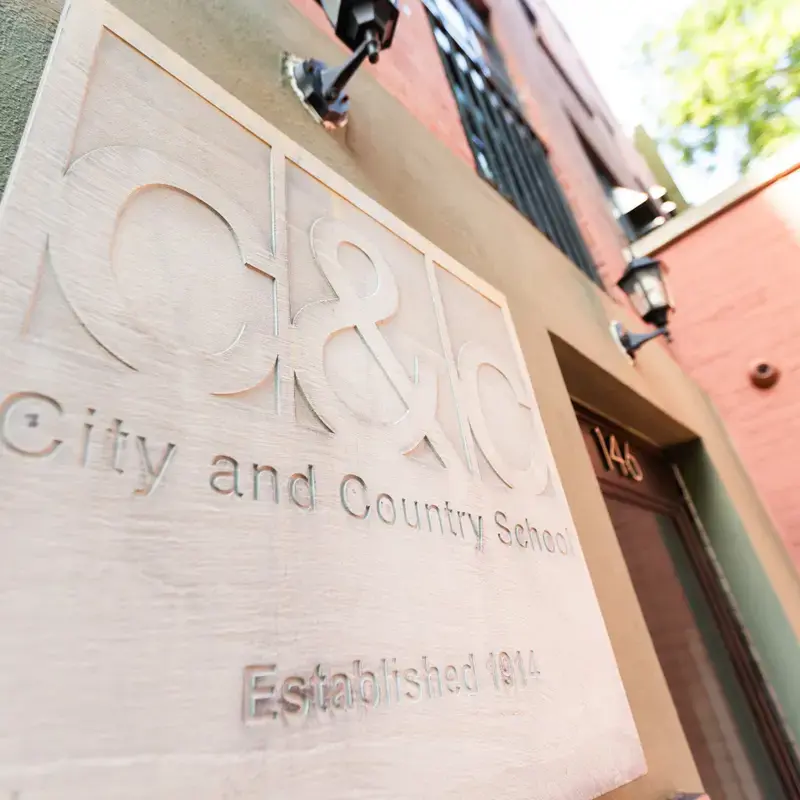Spreading the Blocks Program to Nepal
|
by Gia and Abigail, XIIIs. Coming back to the school year, Lhakpa Gurung, the IIsL group teacher, has many stories to tell from her adventurous summer. One highlight was her trip to Nepal. Lhapka herself is Nepali, having been born in Nepal. Lhakpa spent almost two months in Nepal with her daughter Menlha. First she visited her home town of Lo Manthang, in the Mustang district, in July. Then in August she visited the capital of Nepal, Kathmandu, where she went to boarding school.When she visited her home town, she expressed disappointment that it had modernized. “All of the landmarks were still there, but there were a lot of changes, too. There were a lot of hotels. It's a very touristy area.” Lhakpa added, “I was happy but also sad to see the natural [ surroundings] turning more modern now.” Lhakpa has wanted to do this trip for a long time. A main part of the trip was to introduce the blocks program to the local preschool that she had gone to when she was five years old. She had been doing something similar in New York City public schools with Jane Clarke, the former Director of the Lower School at City and Country. Lhakpa spoke about what inspired her block workshop in Nepal. “When I realized the need for better quality, durable, and open-ended materials for children in rural Nepal, wooden unit blocks came to my mind immediately. My cousin, who is in charge of all the daycares in Mustang, loved my idea.” When Lhakpa visited her cousin's preschool, she realized that they used plastic toys that cost more, broke more easily, and were worse for the environment. She noticed that there were no natural elements and learning benefits from these kinds of materials. So wooden blocks would be beneficial for many reasons. Nepal doesn't have the same wood that C&C uses for its blocks. Instead they used Himalayan pine as a substitute. “The only wood they had was Himalayan pine, which is different from the wood we use,” said Lhakpa. “It’s similar, but the weight is different. It’s lighter, but heavier is better.” The Himalayan pine wood came from her father, who usually donates the wood to the monasteries (where monks and nuns live and practice religion). Unlike plastic, which takes thousands of years to break down and is easily broken, wood decomposes in a few years and is very strong and durable. Another benefit of using Himalayan pine is that, similar to bamboo, it is a tree that needs cutting to be healthier. This meant that not only was using wood good for Lhapka’s project, it was also good for the environment. Lhakpa brought a couple of sample blocks to Nepal to show what they should look like, and the carpenters got right to work. “Everything they had to do was handmade because they didn’t have a lot of machines. They had only basic tools, and so they had to sand everything with their hands, to make it softer so the kids wouldn't get blisters, and after that I gave a little workshop for the teachers,” said Lhakpa. In the end Lhakpa got almost a full shelf of blocks. The entire experience was even more special for Lhakpa since she had gone to the preschool for kindergarten. This experience connects her to her childhood and lets her share it with her daughter. After the blocks were created, the teachers had a workshop where they learned of the benefits of blocks. Lhakpa explained that not only do the blocks help with gross motor skills, but they also help with communication, math, shapes, spatial awareness, architecture, science, and creativity. Once the blocks were placed in the daycare, a couple of children including Lhakpa's daughter, who was two-and-a-half years old at the time, tried them out. Lhakpa said, “I am thankful for this opportunity and hope the children will continue to learn from blocks all over the world.”
|
